'Neurotechnologies Are Already Helping Individuals with Language Disorders'
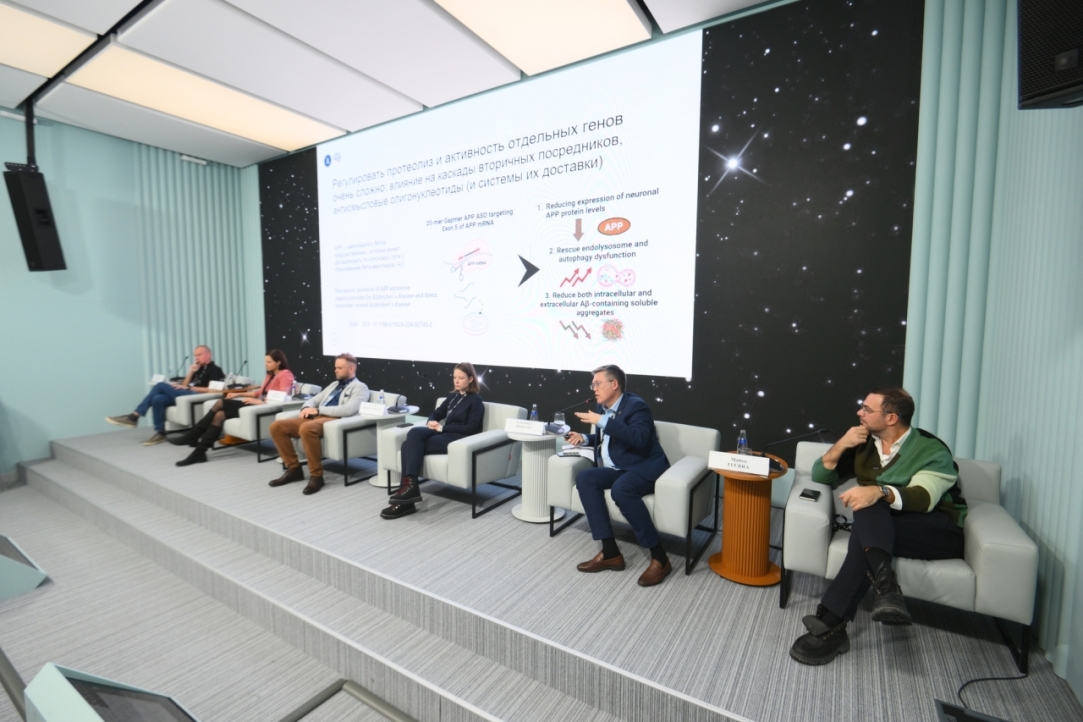
On November 4-6, as part of Inventing the Future International Symposium hosted by the National Centre RUSSIA, the HSE Centre for Language and Brain facilitated a discussion titled 'Evolution of the Brain: How Does the World Change Us?' Researchers from the country's leading universities, along with health professionals and neuroscience popularisers, discussed specific aspects of human brain function.
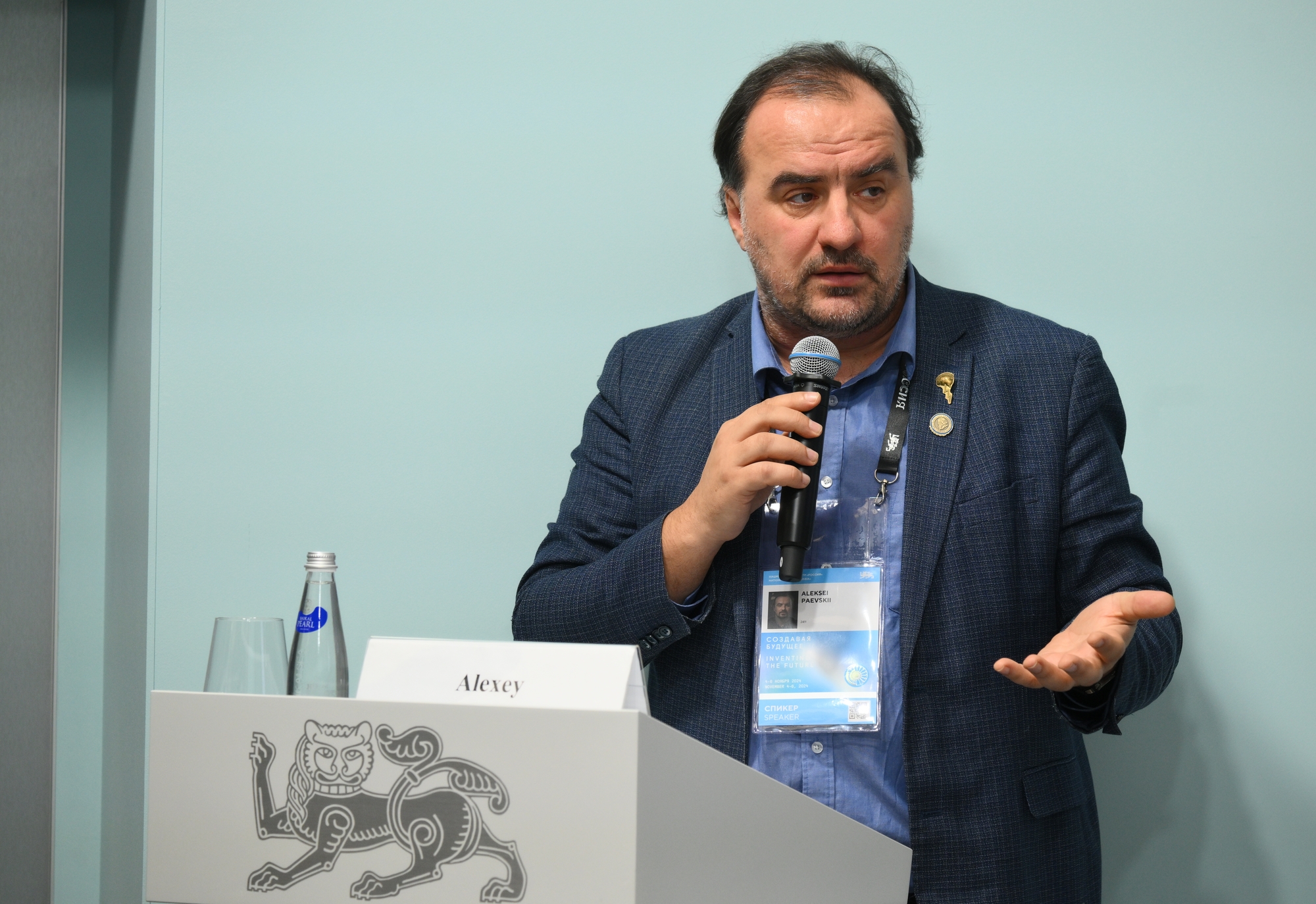
Aleksey Paevsky, Editor-in-Chief of the Neuronovosti.ru portal and moderator of the discussion, opened the conversation on the unique functions and capabilities of the human brain by asking how much we currently understand about the most complex object in the universe. 'It seems,' he suggested, 'that we haven't made much progress, as the most ambitious answer I've heard from a scientist is that we know just two percent.'
Several participants responded to this suggestion in their presentations, including Olga Dragoy, neurolinguist and Director of the HSE Centre for Language and Brain; Vyacheslav Dubynin, neurophysiologist and Professor at Lomonosov Moscow State University Faculty of Biology; Dmitry Kopachev, neurosurgeon at the Research Centre for Neurology; Mikhail Lebedev, neurophysiologist and Head of Neurotechnology Laboratory at IEPhB RAS; Matteo Feurra, Leading Research Fellow at the HSE Institute for Cognitive Neuroscience, and Tatiana Shishkovskaya, psychiatrist and Junior Research Fellow at the HSE Centre for Language and Brain and the Mental Health Research Centre.
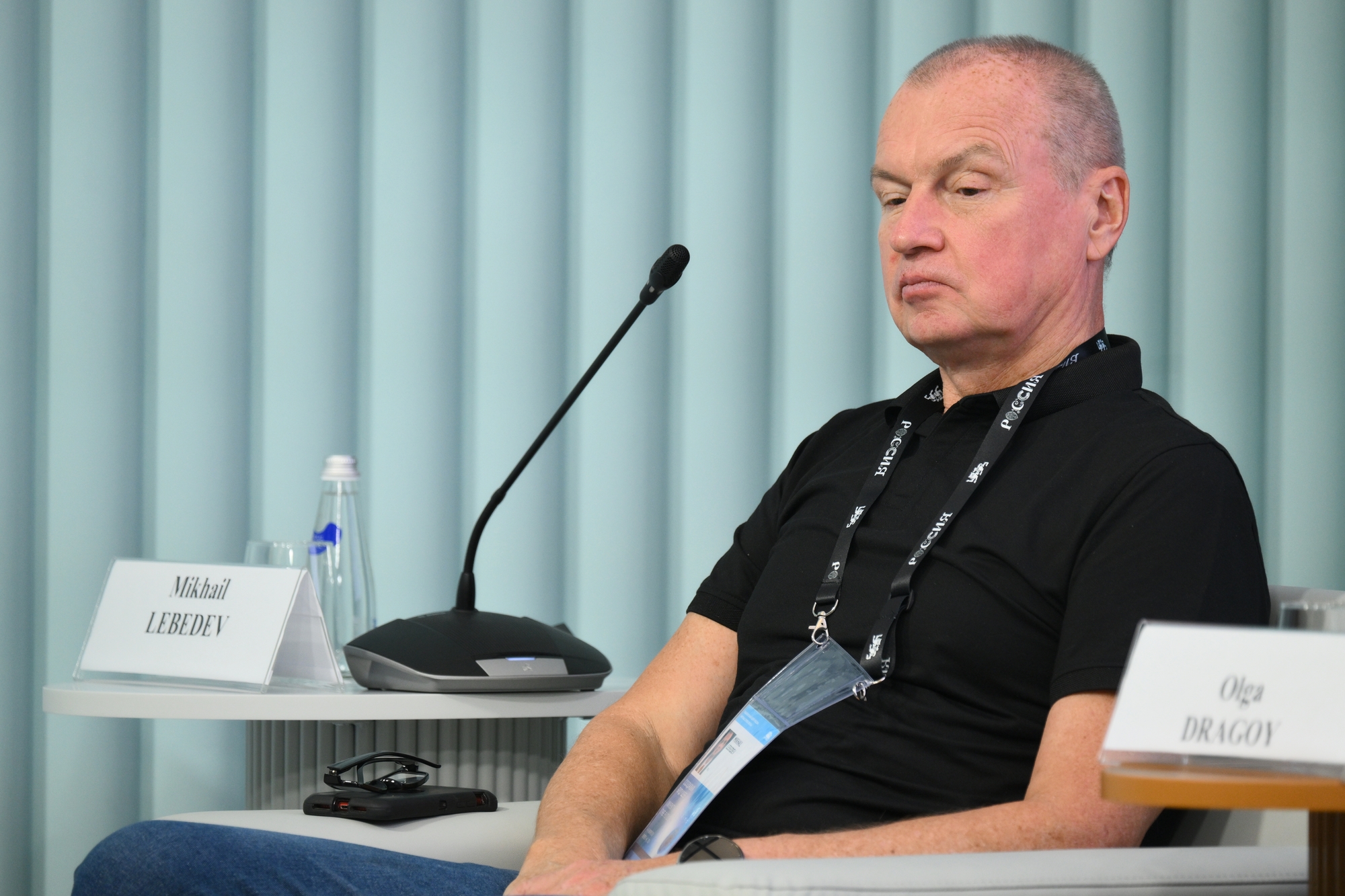
Neurophysiologist Mikhail Lebedev discussed recent advancements in the field of neurointerfaces. Neurointerfaces are devices that read signals from the brain and transmit them to other devices, such as prosthetics, while also sending signals from prosthetics back to the brain. Neural interfaces can be invasive—such as chips and other technology surgically implanted into the brain—or non-invasive, requiring no implantation. The latter detect the brain's bioelectric activity using external appliances and are currently used to treat patients, particularly for recovery after strokes.
The most notable example of invasive use of neurointerfaces occurred in early 2024, when American Noland Arbaugh became the first person to receive a brain chip implant developed by Neuralink. The new technology enabled the quadriplegic Arbaugh to use a computer again. However, after a few weeks, some of the device's threads retracted from the patient's brain neurons. According to Mikhail Lebedev, the challenge of achieving compatibility between the living and the inanimate in the human brain is one of the main problems scientists will need to address in the coming years.
Neurosurgeon Dmitry Kopachev continued the discussion on the compatibility of biological and non-biological materials in the human brain. In his presentation, he provided an example of three technologies for introducing neuroimplants into the human brain—Neuralink, Blackrock Neurotech, and Synchron—which offer an optimistic outlook for the future of neurosurgery.

'What neurosurgeons can do now is almost like science fiction compared to what was possible 100 years ago. However, it is still impossible to transplant a piece of someone else's brain into a person and make them smarter. And it is unlikely to be possible in the foreseeable future. For a long time, everyone will need to develop their neural ensembles through their own efforts, training, and experience,' Kopachev asserts.
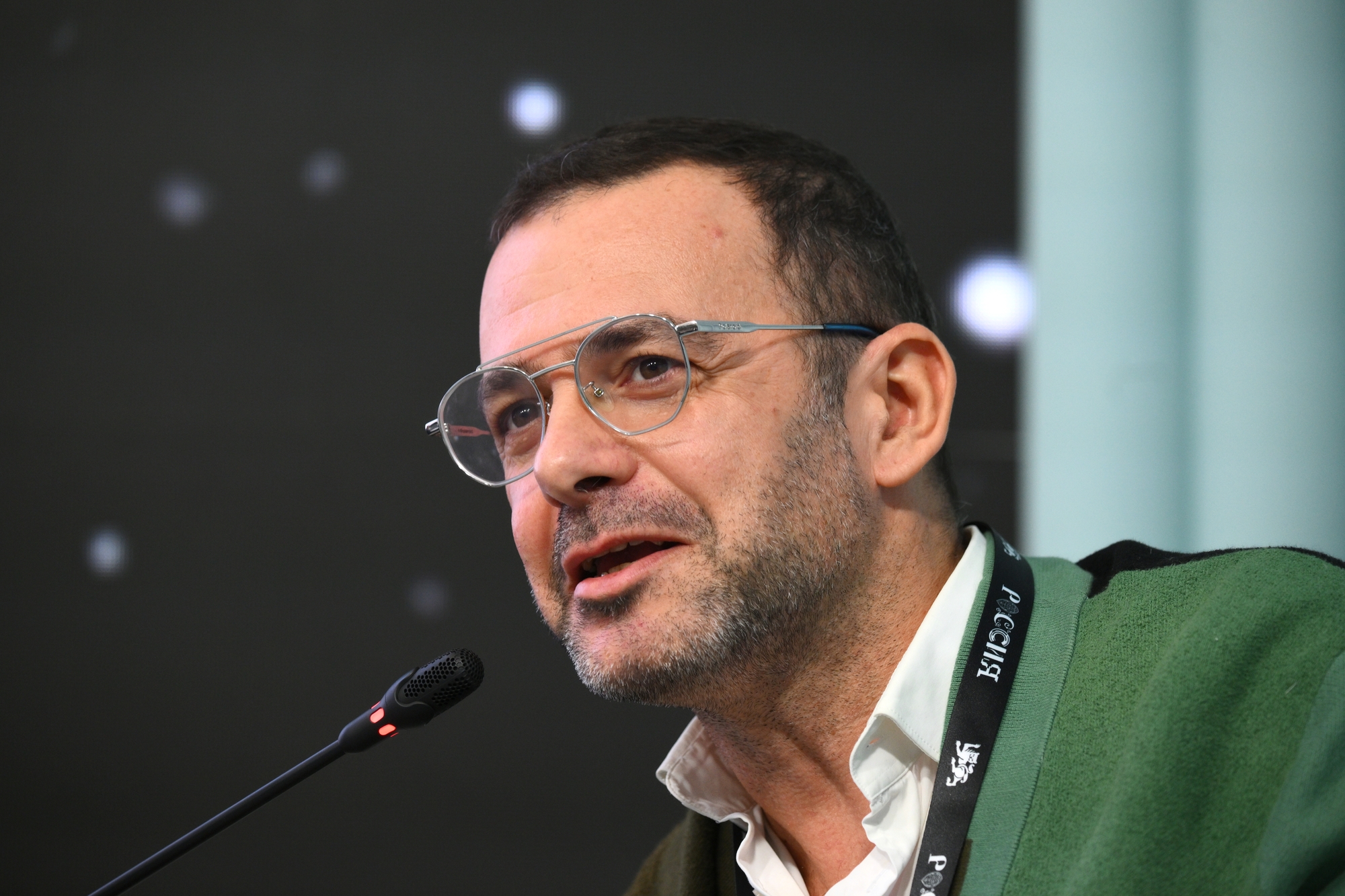
Matteo Feurra, Leading Research Fellow at the HSE Institute for Cognitive Neuroscience, focuses on neurostimulation research. Modern methods of non-invasive brain stimulation, such as transcranial magnetic stimulation (TMS) and transcranial electrical stimulation (TES), combined with brain activity recording through electroencephalography (EEG), are used in studies of the motor system, long-term memory formation, and sometimes specific brain functions, such as decision-making. In addition to research purposes, these methods are also used for medical treatments, such as aiding stroke recovery or treating depression.

As noted by psychiatrist Tatiana Shishkovskaya, neuroimaging is widely used in psychiatry today as a research method, while rhythmic transcranial magnetic stimulation and deep brain stimulation have been proven effective in treating mental disorders. In the future, she believes, the use of cellular technologies, gene therapy, and psychopharmacogenetics will enable a better understanding of the mechanisms behind mental disorders and lead to the development of personalised, targeted treatment approaches.

Neuroscientist and popular science educator Vyacheslav Dubynin outlined the factors that increase or decrease the risk of neurodegenerative diseases, based on a meta-analysis. Protective factors include long-term education during childhood, successful university studies, high cognitive engagement in adulthood, and healthy eating habits. Among the most harmful factors are sleep disturbances and smoking.
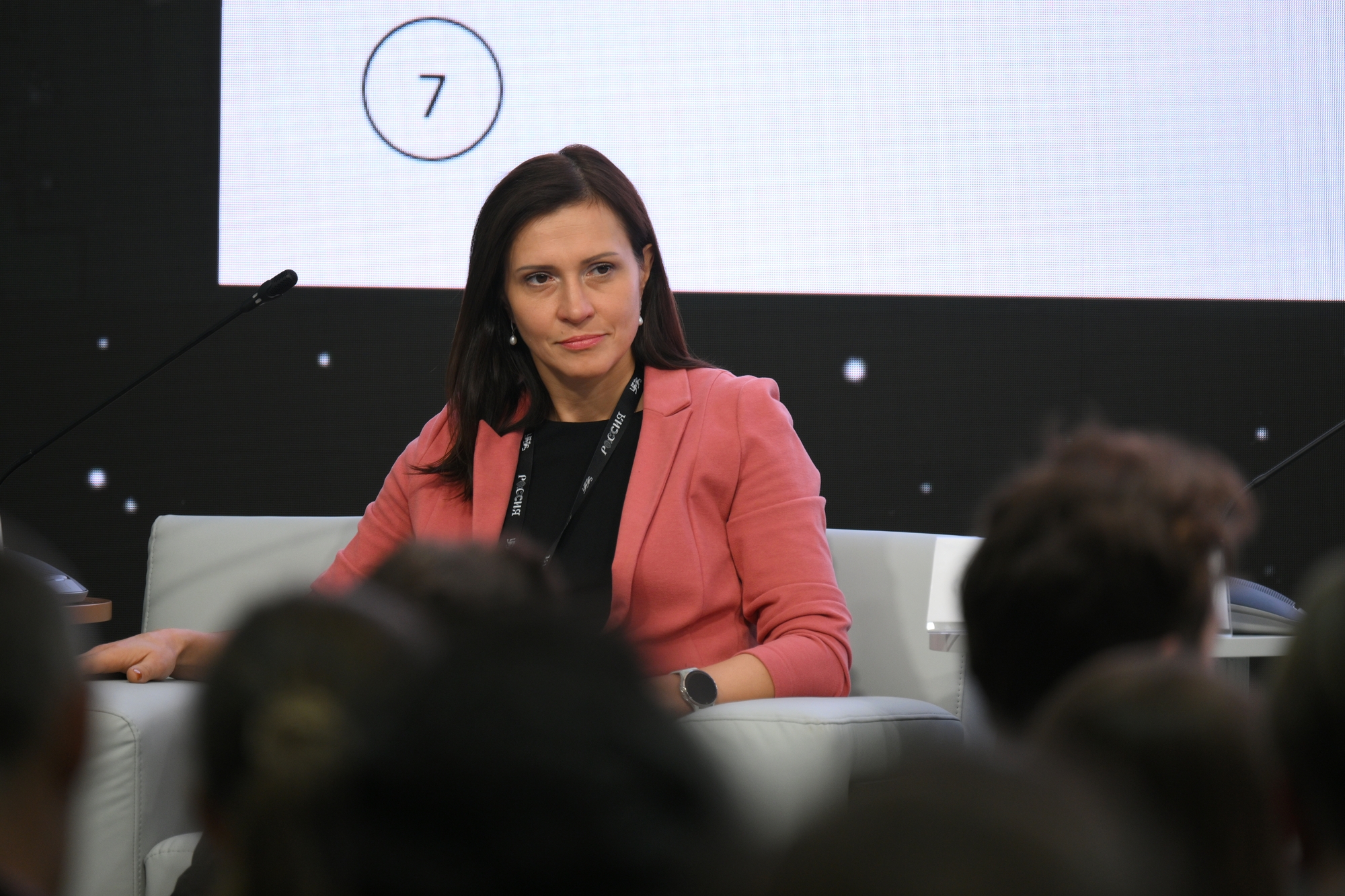
Concluding the discussion, neurolinguist Olga Dragoy invited the audience to focus not just on how neurotechnologies will change our communications in the future, but on how they are already helping individuals with language disorders. By implanting electrodes into the cerebral cortex using special algorithms, the language function of patients suffering from anarthria can be restored. (Anarthria is a disorder characterised by the loss of ability to articulate words, while internal speech remains intact.) These technologies can radically improve the quality of life for patients who have lost the ability to communicate verbally. However, progress so far is limited to a dozen words or so, and much work remains to be done in developing linguistic models, hardware, and signal processing algorithms capable of accurately interpreting the brain's complex neural signals.
In addition to being used for personalised patient care, developments in neurointerface technology can benefit healthy individuals, opening up possibilities for integrating these technologies into everyday life, eg for learning foreign languages. The researcher is convinced that we will continue to learn other languages, if only for the beauty inherent in each language.
The Inventing the Future International Symposium was the first event hosted by the National Centre RUSSIA, established on July 1, 2024, by order of the President of the Russian Federation Vladimir Putin. The Centre aims to preserve the legacy of the Russia International Exhibition and Forum and showcase the achievements of the country and its citizens. Federal authorities, universities, state companies, corporations, and regions participate in the Centre's work. As part of the symposium, more than 60 sessions were held, including some with the participation of experts from HSE University.
During the session 'Exploring the Future,' Alexander Sokolov, Deputy Director of the HSE ISSEK and Director of the Foresight Centre, made a presentation titled 'Foresight in Science and Technology: Methods and Organisation.'
Alexander Chulok, Director of the HSE ISSEK Centre for Science and Technology Foresight, participated in a round table held as part of the Future of Civilizations track.
Olga Abramova, Senior Lecturer at the HSE Faculty of Social Sciences, contributed as a guest expert to the foresight session on 'Society and the Ecumenes' hosted by the Design Bureau of the Future.
